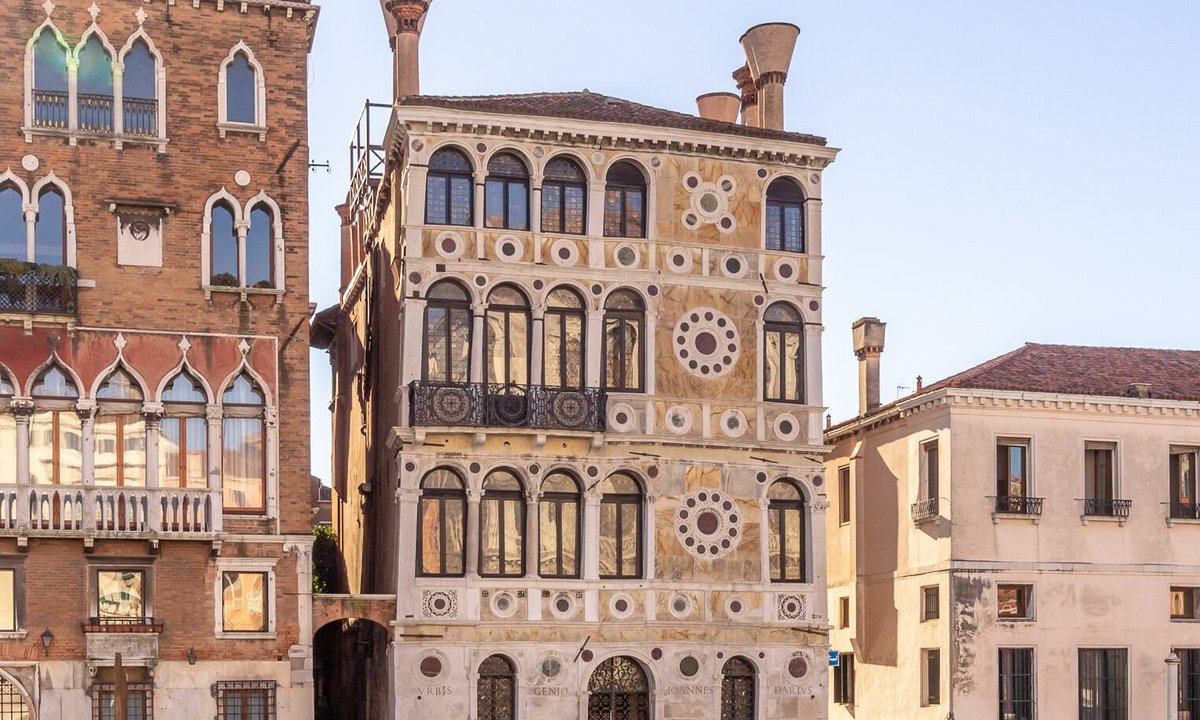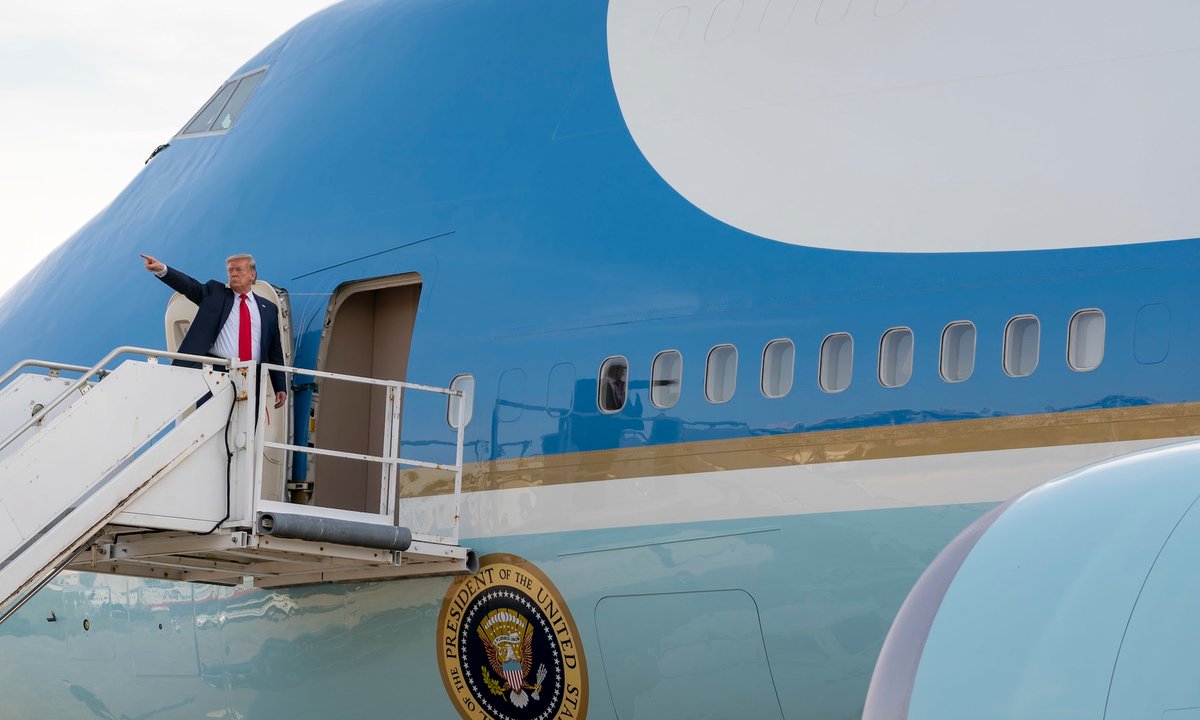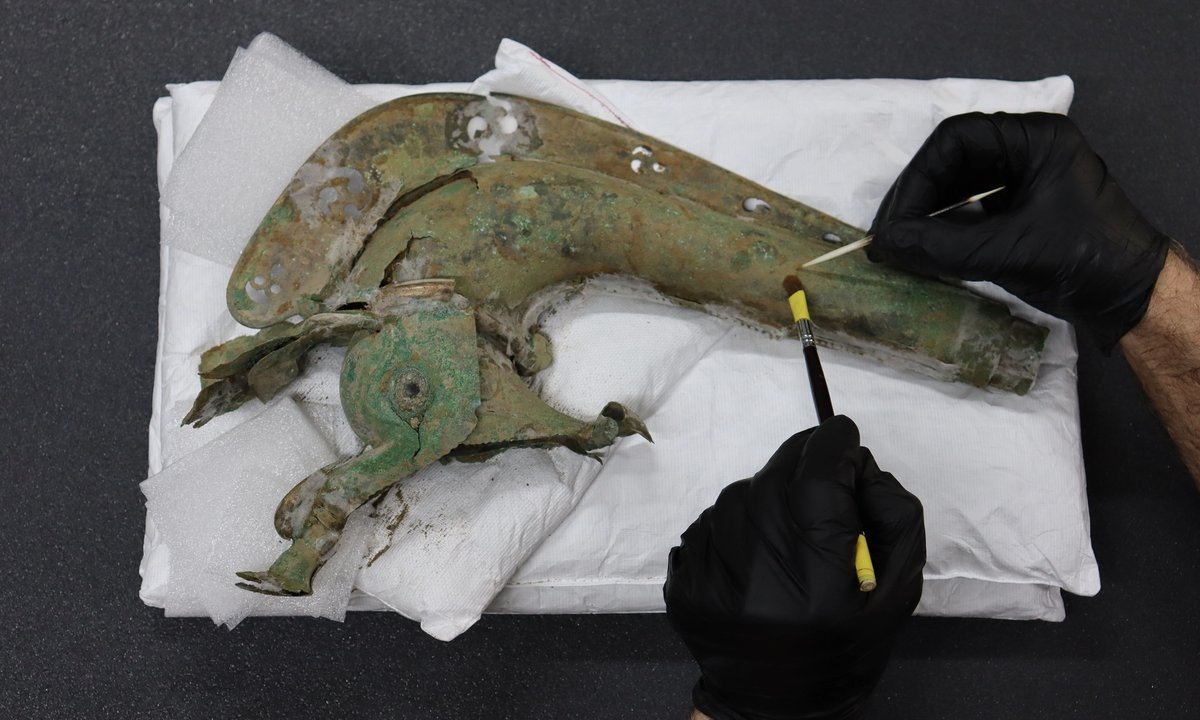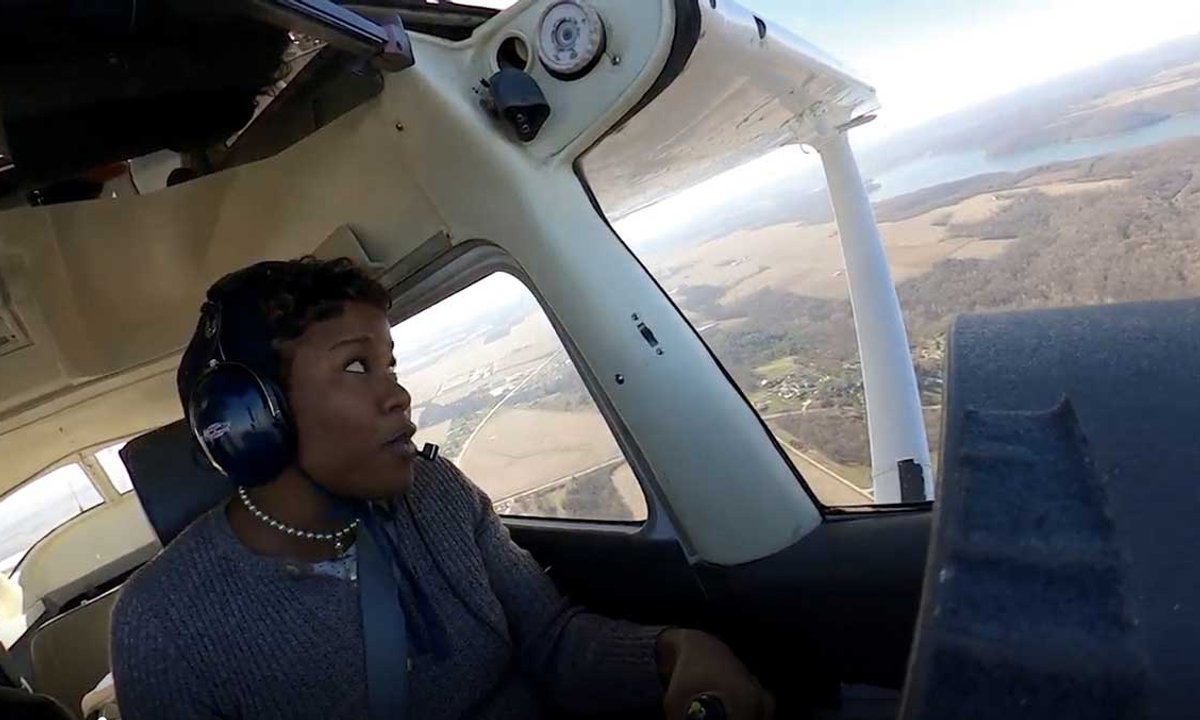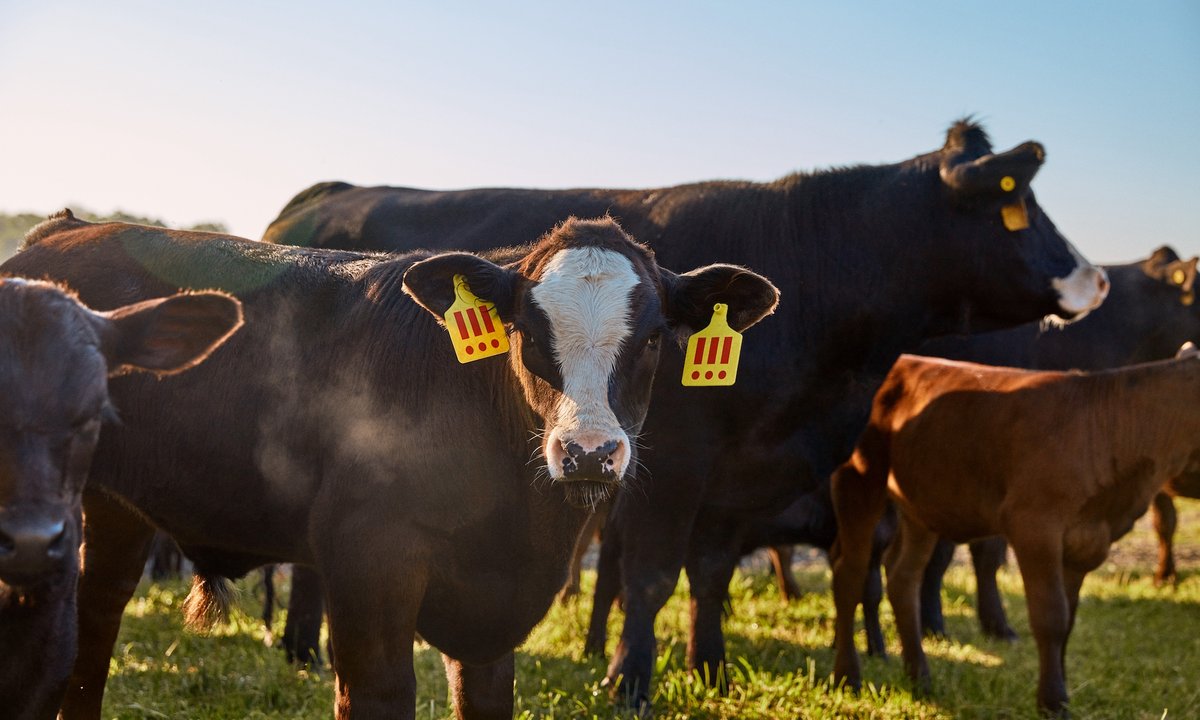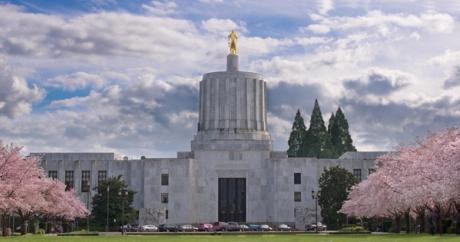
At a time when calls from the Trump administration to defund the National Endowments for the Arts (NEA) and Humanities (NEH), as well as the Institute of Museum and Library Services, are finding an increasingly receptive audience in congress, state legislatures around the country have continued to provide funding for their arts and humanities agencies—if at a slightly diminished scale.
According to the National Assembly of State Arts Agencies (NASAA), the aggregate total of spending in the US’s 50 states and four territories was $649.2m for fiscal year 2026, which represents a 7.4% decrease to the 2025 levels.
“We’re in an uncertain fiscal environment for state governments overall,” says Kelly Barsdate, the executive adviser of NASAA, “but it is encouraging to see that 29 states increased their funding for their arts agencies. Overall, we can say that state legislatures around the country are sustaining their investment in the arts.”
State legislative funding for arts agencies often fluctuates, based on vicissitudes in the economy (on both the state and national levels) and on occasional line-item measures designed to support certain favoured projects. These provide agencies with one-time boosts. For example, a shortfall in revenues in New Hampshire, which has no state income tax, resulted in the state legislature cutting its 2025-26 allocations to its Council on the Arts by 90%, from $1.5m to $150,000.
Other states also saw significant declines, although not nearly at the same level as New Hampshire. California’s appropriations declined 40.8% (from $39.3m to $23.2m), Missouri’s dropped 59.7% (from $54.4m to $21.9m) and Kansas’s dipped 34.3% ($1.5m to $1m). Hawaii saw a 74.9% drop (from $16.05m to $4.02m), although that was the result of approximately $10m in line-item funding in a previous funding cycle.
Yet other state arts agencies saw an increase, almost balancing out the losses—such as Florida, which increased its appropriations 36.1% (from $30.6m to $40.7m), North Dakota (94%, from $1.3m to $2.5m), Connecticut (54%, from $6.9m to $10.6m) and Oregon (82.1%, from $8m to $14.6m).
On a per capita basis, Minnesota provides the most funding for its residents ($7.85), followed by Delaware ($6.12) and Maryland ($5.44), while Wisconsin (18 cents), Georgia (14 cents) and New Hampshire (11 cents) have the least.
Nationwide lockdowns during the Covid-19 pandemic, which caused significant hardships to performing-arts venues as well as to museums and other cultural venues, were aided by the federal government’s American Rescue Plan Act, which helped ease pressure on their overall budgets. That money went directly to the states, which used the funds in part to support cultural institutions. The phaseout of pandemic-related relief funds led to diminishing federal support of $740.9m in fiscal year 2024 and $694.2m in 2025.
President Trump’s “Big Beautiful Bill”, which passed both houses of congress and was signed by the president on 4 July, did not include any money for the various cultural agencies as it was not a budget bill. Rather, it dealt with tax-related issues, including a charitable deduction for non-itemizers for $1,000 for an individual or $2,000 for a couple filing their taxes jointly. However, in the “skinny budget” that Trump released in early May, there was no funding for the three federal cultural agencies.
On 15 July, the House Interior Appropriations Committee held a mark-up wherein it provided $135m each for the NEA and NEH. This is a 35% decrease from last year’s $207m appropriations. Jay H. Dick, a senior director at Americans for the Arts (a Washington, DC-based nonprofit advocacy group), says that his organisation will work with congress to increase this amount to closer to the previous level of $207m.
One source of worry for state arts agencies is the threat of eliminating the NEA, which currently allocates 40% of its annual budget to state arts councils and commissions. That amount ranges from $1.1m to $1.4m, depending on the state’s population. To receive the money, each state must match the NEA’s contribution and, at present, 14 states only appropriate the amount of the match. The Kansas legislature, for instance, appropriated $1m to the Kansas Arts Commission for the 2025-26 fiscal year in order to receive the NEA’s annual allotment. That minimum level of funding represents a reduction from the previous year’s $1,521,173.
“What concerns me is what might happen if the NEA goes away or is significantly diminished,” Dick says. “If the federal match goes away, I worry that some state legislators will say, ‘Why should we bother to appropriate funding for the arts at all?’”
Over the past several decades, states and municipalities across the country have devised other avenues for financially supporting the arts that do not involve direct appropriations from the legislature, the principal one being the use of the tax code. The Montana Arts Council, for instance, receives funding from a percentage of the state tax on coal production (a larger percentage is used to mitigate social and economic impacts created by coal development). Meanwhile, Missouri’s arts and entertainment tax of 2% on ticket sales provides support for the Missouri Arts Council.
A total of 18 states—Alabama, Alaska, California, Florida, Hawaii, Indiana, Kansas, Kentucky, Nebraska, Nevada, New Hampshire, New York, North Carolina, Oregon, South Carolina, Tennessee, Texas and Virginia—allow residents to acquire higher-priced art-themed license plates, with the additional cost directed to state arts agencies or other designated arts organisations. Four states—Alabama, California, Kansas and Virginia—include arts check-off boxes on state tax returns, allowing taxpayers to make a tax-deductible donation to their state’s arts agencies.
The Arizona Commission on the Arts largely has relied on $15 Corporation Commission filing fees, as well as financial support from the state’s Arts Trust Fund. The latter, when first created by the legislature in 1989, was intended to provide supplemental statewide funding for the arts; it has become the primary means of funding the arts following the 2011 elimination of the General Fund appropriation.
Most recently, Ohio’s two-year budget for 2026 and 2027 includes a provision allowing counties in the state to ask voters to levy a cigarette tax to fund arts and cultural programming. Using a portion of so-called sin taxes to help finance the arts is not exclusive to Ohio; a portion of lottery and gaming revenues in Colorado, Iowa, Kansas, Maryland, Massachusetts, Oregon, West Virginia and Wisconsin pass directly to their state arts agencies.
These alternative arts funding mechanisms “don’t relieve governments of the commitment to support the arts”, NASAA’s Barsdate says. “Rather, they fulfil that commitment in a different way.”

